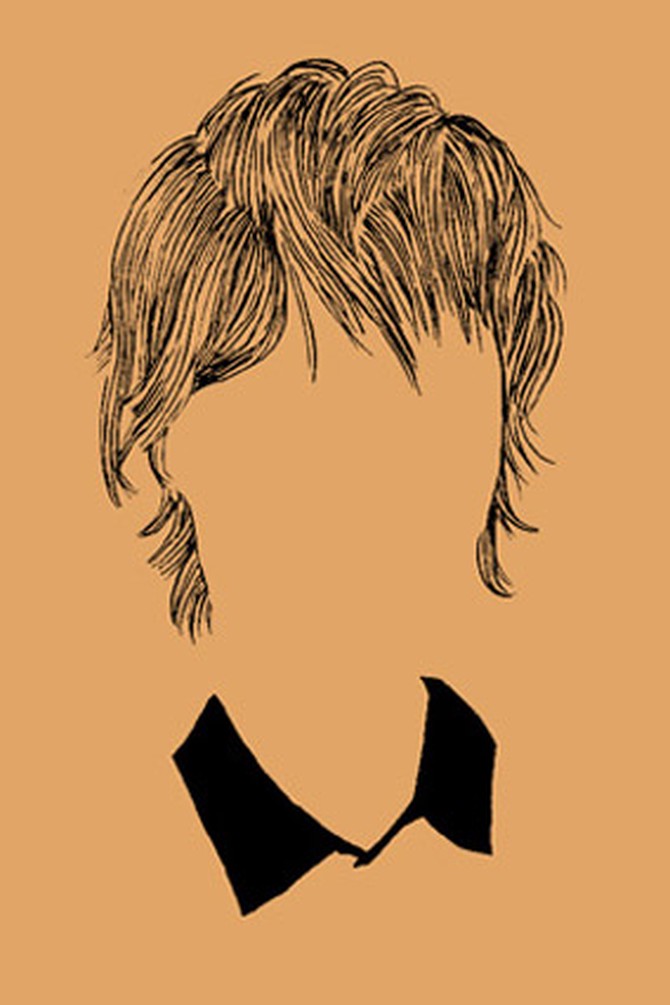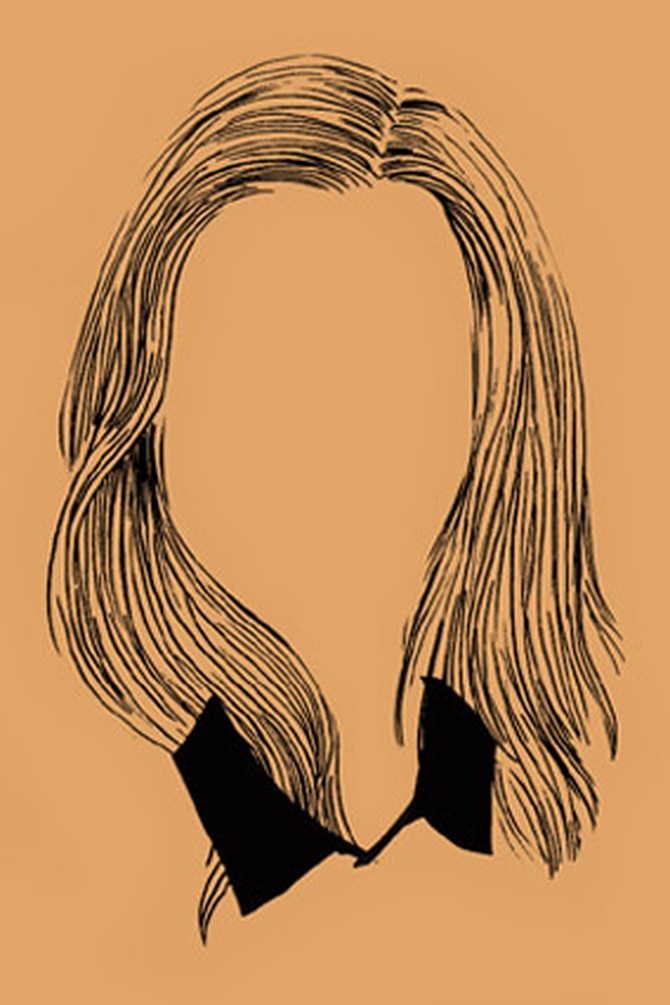The Hairstylist Glossary: How to Get the Cut You Want
Here's a brief overview of common hairspeak terms that could leave you stumped in the stylist's chair.
By Kate Sandoval

Illustration: Silja Goetz
Choppy
A cut in which the ends all vary slightly in length; stylists often use a razor to achieve this effect. (But if you don't have straight hair—and a lot of it—refuse the razor.)

Illustration: Silja Goetz
Beachy
Hair that's a bit wavy, with a wind-tousled finish; often created with a thickening or saltwater-based spray or gel.

Illustration: Silja Goetz
Giving Hair Movement
Usually involves adding layers from midlength to ends, making the style feel lighter and bouncier.

Illustration: Silja Goetz
Overdirecting
Blowing out the hair to one side, then flipping it to part it on the other side for added volume.

Illustration: Silja Goetz
Piecey
Ends are defined and separated, generally on shorter cuts; the stylist applies a wax or gel to the hair, then uses her fingers to break the hair into one-to-three-inch sections.

Illustration: Silja Goetz
Structure
Characteristic of a defined, often geometric style, like a bob.

Illustration: Silja Goetz
Texturizing
Either making very curly hair smoother and less bulky by cutting diagonally into it, or making flat hair appear fuller and lifted with layers (ask your stylist for clarification).

Illustration: Silja Goetz
Thinning Out
Removing bulk from the hair, usually by gliding a razor or thinning shears one inch from the scalp to the ends. (Beware if you have fine, dry, or damaged hair.)
Keep Reading: Your biggest hair problems—solved!
Keep Reading: Your biggest hair problems—solved!
From the February 2009 issue of O, The Oprah Magazine

